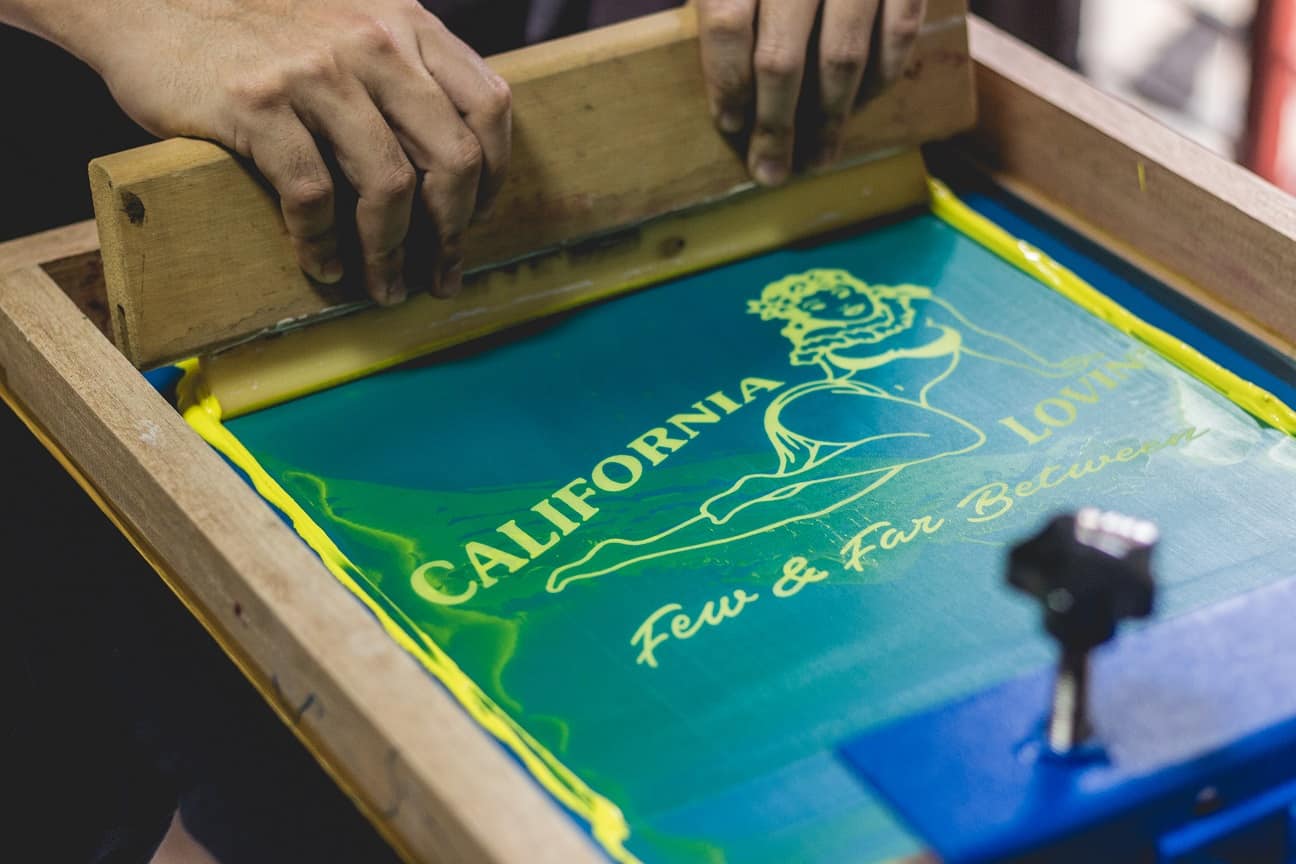While many of us are used to having quantity over quality when it comes to clothes (no thanks to fast fashion), there has been a trend on the rise – vintage clothing. Amongst the increasing Singaporean brands that bring down vintage clothing sourced from other countries, one that caught my eye was Few & Far Between.
Through the magic that they work on the garments, these tees and shirts appear as good as – or even better – than the clothing we see on the racks in Forever 21 and H&M. I got to speak to Keefe of the Few & Far Between team to understand their work.
Few & Far Between was incepted in end 2016, through Keefe and his partner, Zhong Ming’s common interest in vintage designs.
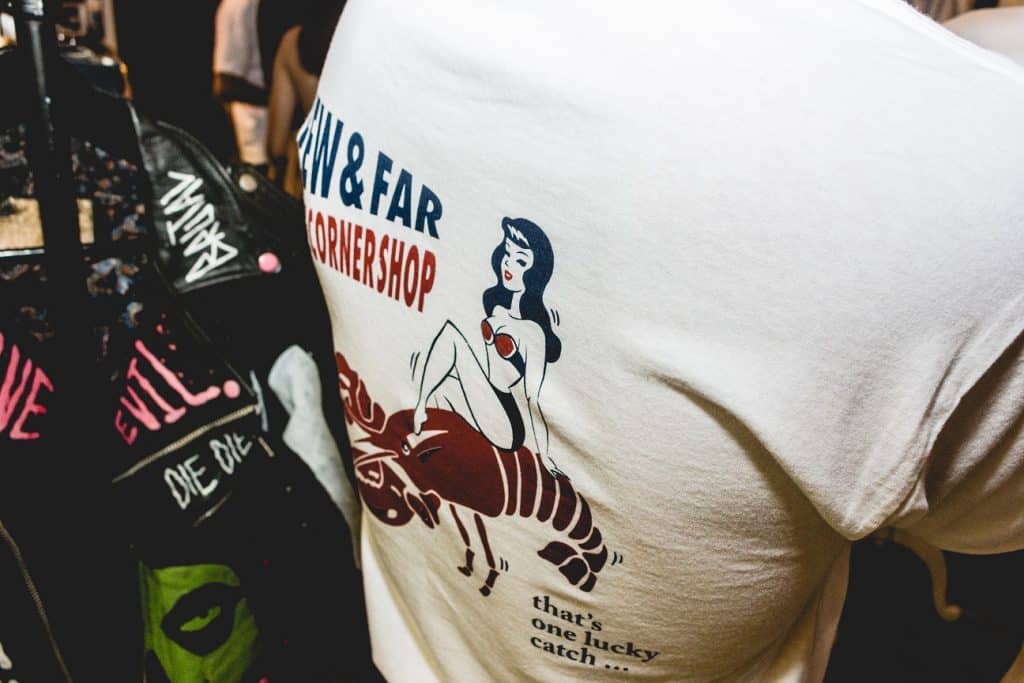
“The term vintage transpires through many time periods and different categories, but essentially what brought us together as a common interest was through appreciating vintage clothing, along with classic designs that are timeless – some still exists in products that we use today.”
Keefe says that essentially, Few & Far Between is a channel used in expressing their take on vintage clothing or at least – its reproduction.
“The beauty and joy of working on the brand is that we are not bounded by any specific time periods or themes.”
“In fact, we go across different eras that we draw inspiration from in producing our garments.”
He then explains that their logo is a take on a classic “American” pin-up girl. However, they also dwell into production methods such as Sashiko stitching on their repurposed denims – a method done mainly by the Japanese.
Roaring Start
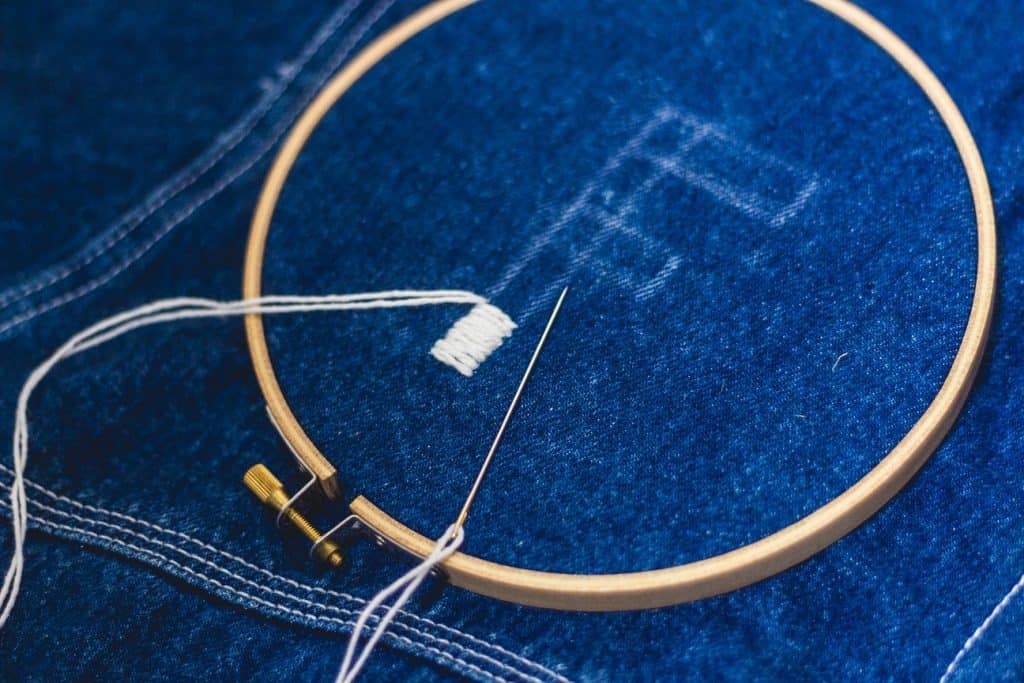
The brand had their first launch back in March 2017, in partnership with The Corner Shop located at Far East Plaza, which was well-received.
Fast forward through several other small releases and a second event later in the year, they are now expanding their retail footprint locally into retailers “where we feel that we have a common ground in selling our brand’s philosophy to consumers.”
Keefe adds: “In fact, we are growing at a comfortable pace till date with a goal of (hopefully) being able to open up our small production or retail space in 2019.”
He says that this is important for them since most of the work is done by them personally from an end-to-end basis.
Back To Basics
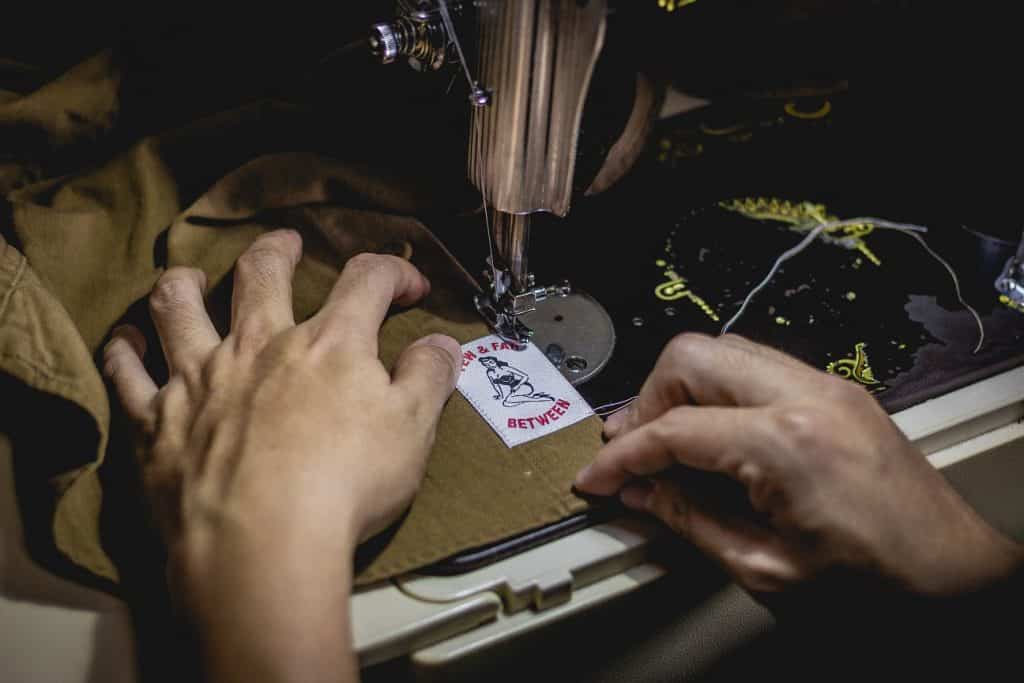
I have always been intrigued by how Few & Far Between have transformed older pieces of clothing, and Keefe shares that this is also what the team hopes to achieve through its apparel.
“While we exist in the present as makers, we try our best to bring back the fundamentals and beliefs of how things were made in the past, with a lot of focus on products that are well-designed and able to withstand the test of time.”
Following the same notion, Keefe hopes to steer consumers away from fast fashion.
He cites how those slightly older “may be used to having our grandparents whip out their handy sewing kit to fix up a piece of garment as it wears and tear, as opposed to just disposing of them which I believe many are doing nowadays.”
As such, the team hopes to educate customers by getting them to view apparels as something that is more than a piece of easily disposable by-product – helping them better understand the term “Less is More” in their ways of purchasing clothing, even if it means not purchasing from them.
To the Few & Far Between team, building a closet filled with quality products and garments that have walked its journey with its owner to show character is considered as having true style.
“We would love to one day be involved in a local community that appreciates vintage and that would be really cool.”
Sourcing For Garments
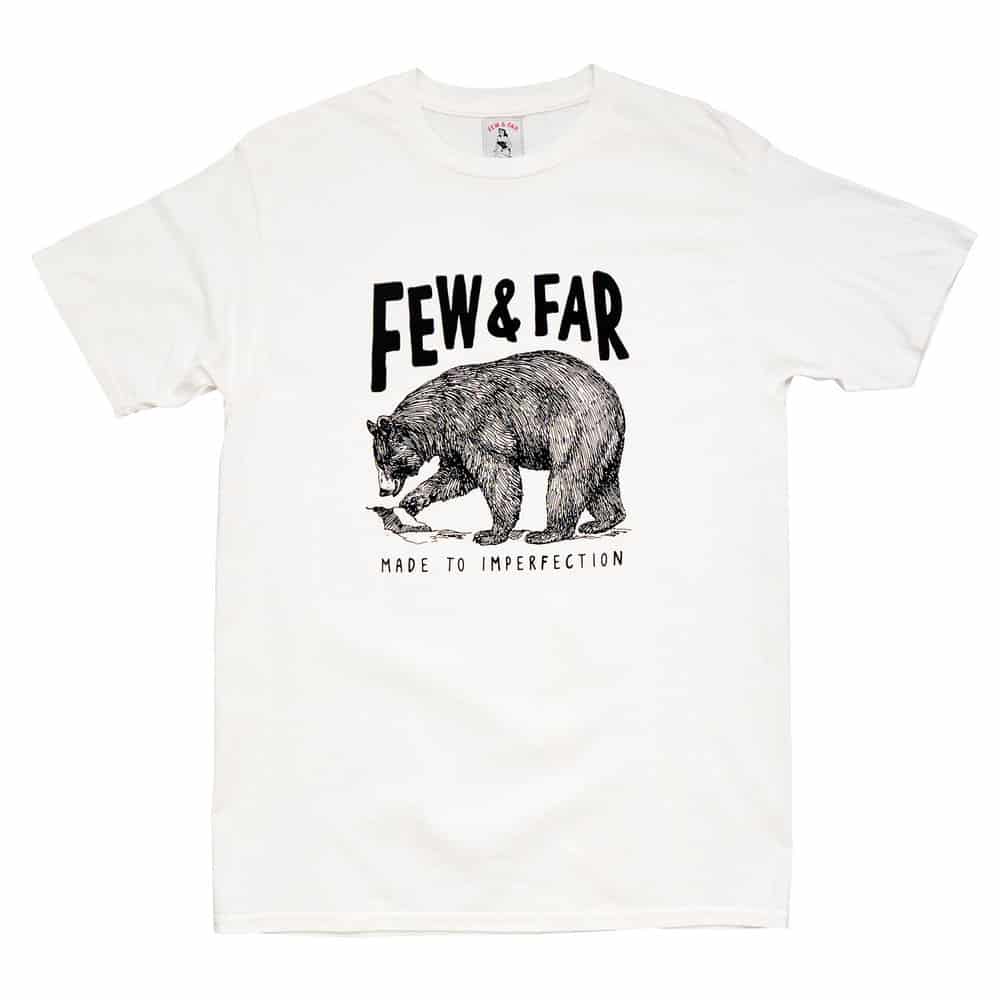
When I ask Keefe where the brand sources their garments, he says that they’re “from anywhere, really.”
“Our garments come largely from within Asia based on our travels such as Japan and Bangkok, and even locally through Carousell! As the saying goes ”one man’s meat is another man’s poison”, there are actually a lot of worn out and beautiful pieces of garments that people are letting go which we can envision on how we can make them look good again.”
Keefe adds that it’s a win-win situation – the seller gets cash to fund for his new purchases while they repurpose their garments that are sold (usually) locally to someone else who sees beauty in it.
After sourcing for the garments, tedious processes lie ahead for the team. These include screen printing and dyeing of the garments – while there are easier methods, Keefe says that the team “truly enjoys the entire production process till we see the final end-product.”
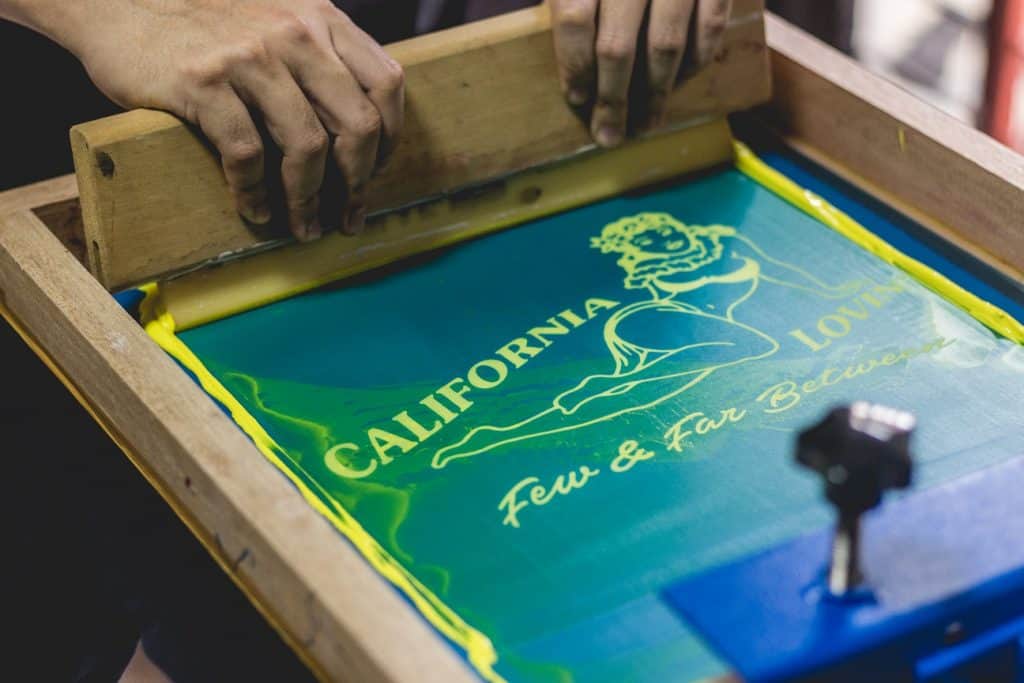
For screen-printing, the devil lies in the details.
“We spend a lot of time doing very minute things such as marking the garments to ensure that it is printed on accurately.”
“I wouldn’t say that it is a difficult task or there is a secret formula to it, but we don’t see many others who are willing to put as much time and effort into processes like these in creating their garments with simple equipment.”
Once that is sorted out, they then go to printing where inks are mixed on a trial-and-error basis to achieve their ideal colours. The final step is the printing itself which can be tricky at times – for example, using too much strength may potentially smudge the print on the garment.
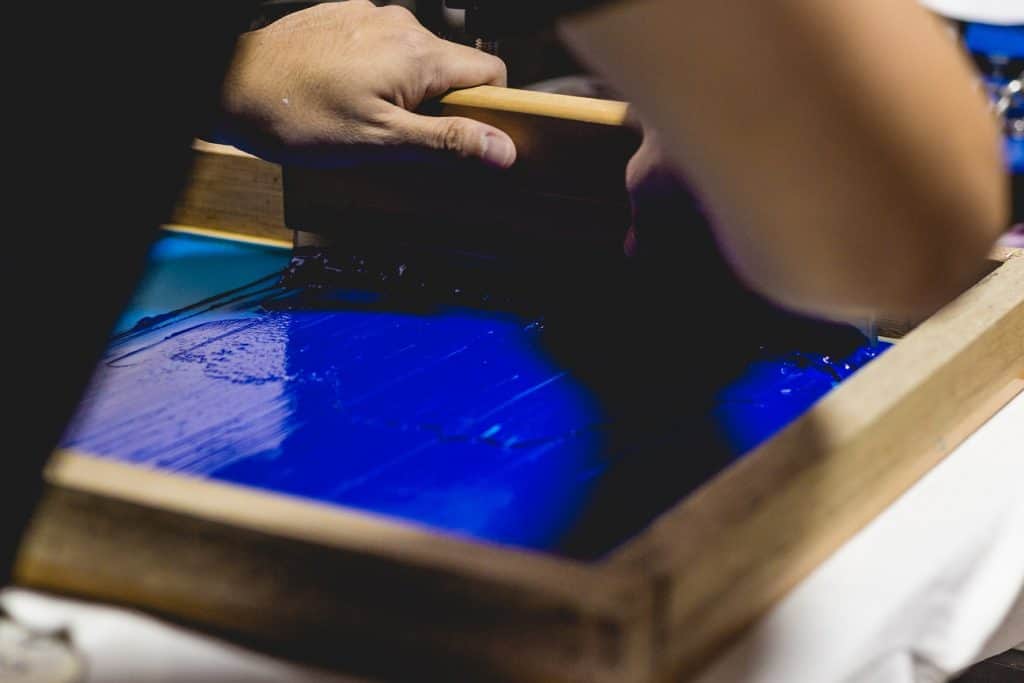
The team introduced dyeing into their white tee-shirts to replicate a vintage patina that comes with old tee-shirts- the slight off-white hue due to age.
As such, they were keen to incorporate this into our white tee-shirts as well.
“With dyeing, its also a time-consuming process as well to let the tee-shirts sit in with the dyes for numerous hours, before we dry it and start to work on them.”
Knowing The Team
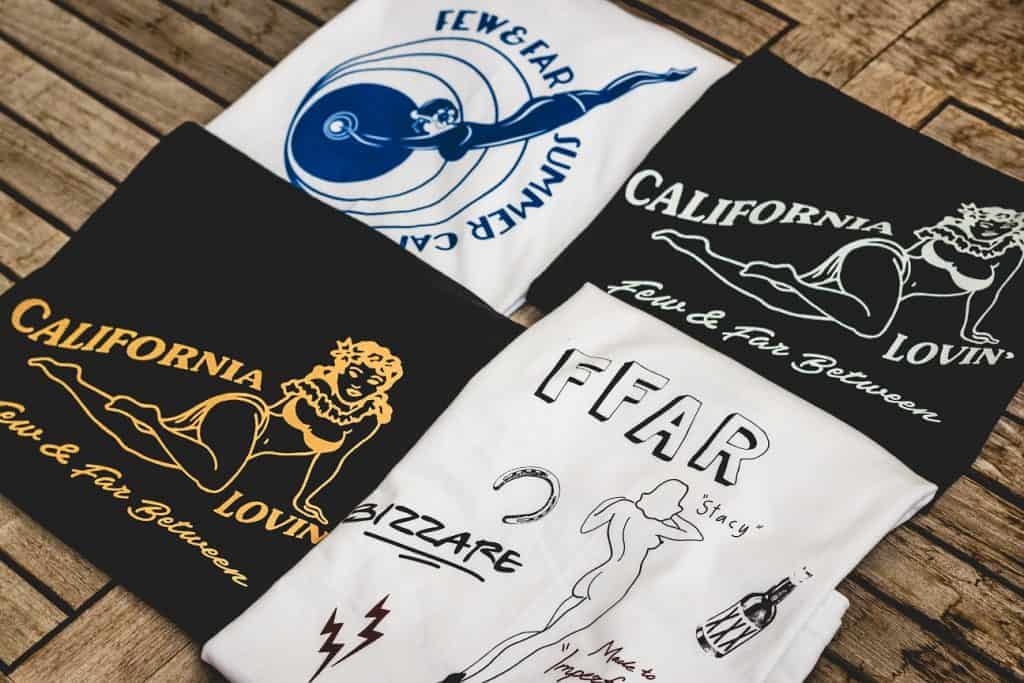
I decide to probe about Keefe’s favourite clothing to date. As I expected, he can’t single out any item.
“As creators, we really love all the pieces of clothing that we have produced till date. Essentially, we have two lines of products in – firstly, repurposed pieces in old jackets and jeans which we pick up.”
He explains, “they usually come across as old and battered, but after working on them in re-dyeing, printing or stitching them up, they’d eventually end up with a new owner who appreciates raw beauty.”
“As for our line of tee-shirts, they are all designed and subsequently produced by our hands. We are very much in love with our tee-shirts are they are pieces which we would wear on a daily basis.”
Through Thick And Thin
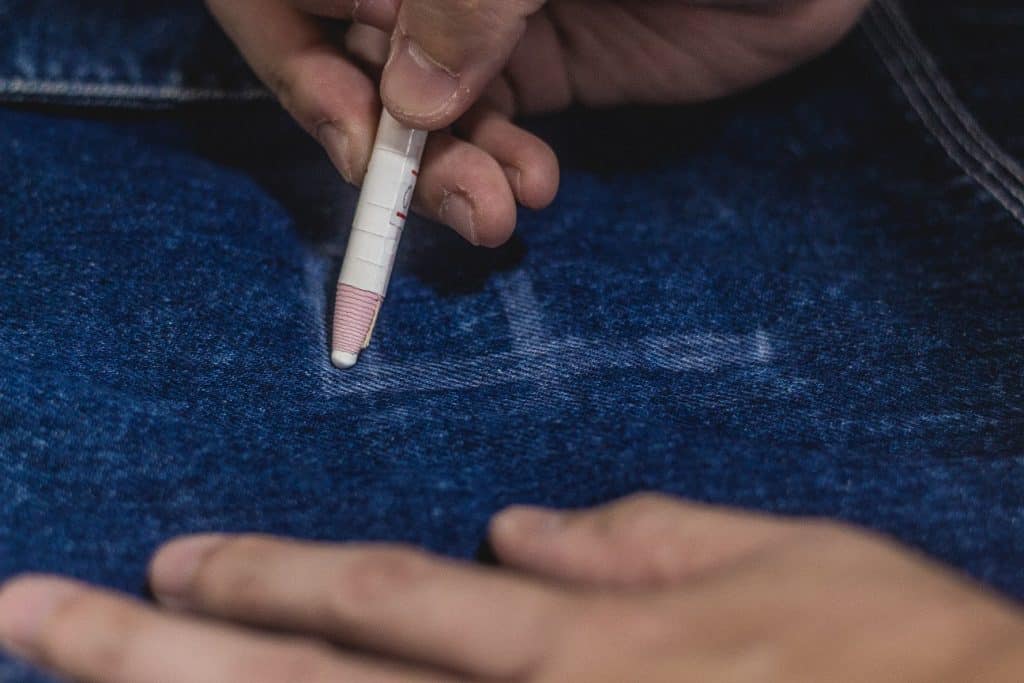
I then ask Keefe about what the most fun bits of being a part of the Few & Far Between team are. Through his answer, it’s clear that the team is passionate about what they do.
“Our procurement process is one, we usually pickup pieces of old garments which we truly see potential in that we’re able to make them look good again. Of course, with that brings about the opinions of our friends who sometimes come along on these trips and would most of the time doubt our purchases.”
“Also, we truly enjoy creating our own versions of vintage garments which, if nobody buys at the end of the day, we would be very ready to take them off the shelves to wear them. Sometimes we do secretly hope that certain pieces do not get sold off, so that we can find an excuse to keep them for ourselves!”
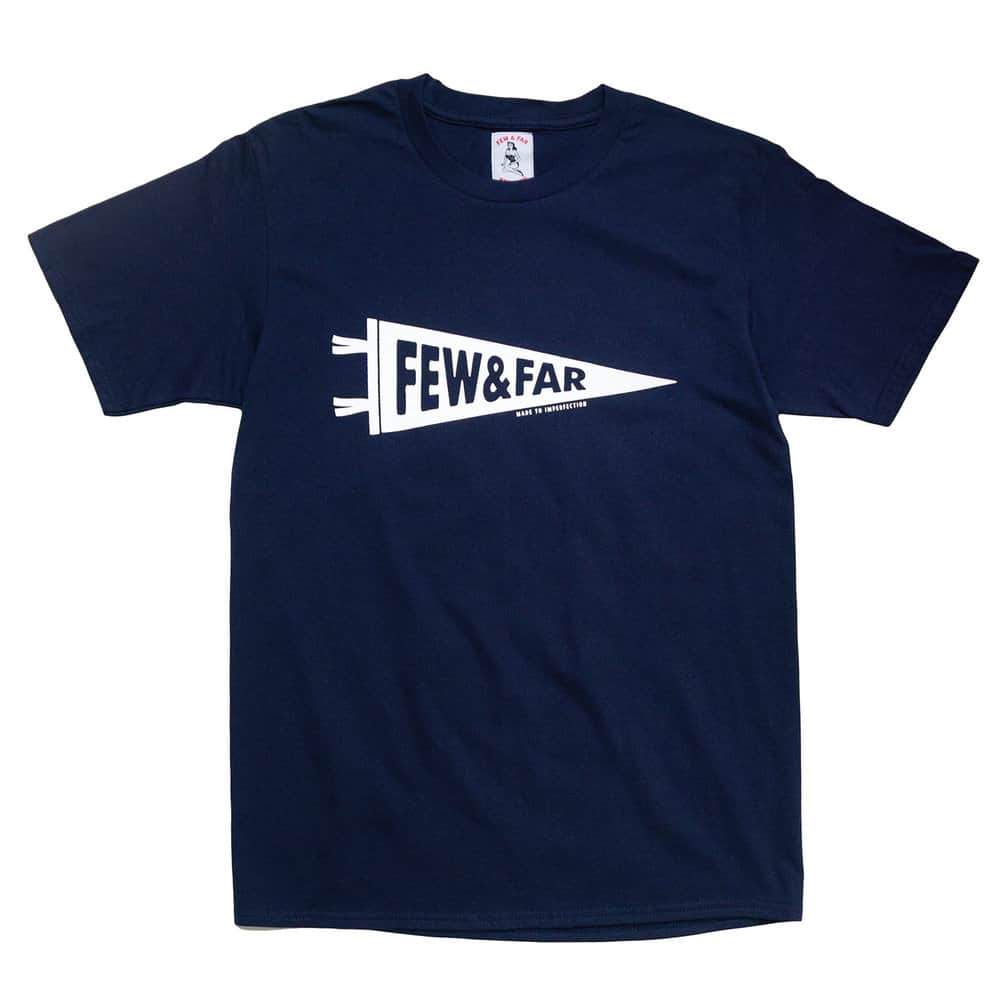
Even so, it has not always been a walk in the park.
Keefe admits that while the brand is positioned differently against many other brands today, marketing through the oversaturated and “noisy” market is a challenge that they face.
In the face of fast fashion, they also face many individuals who are new to their beliefs and have a hard time trying to understand why they should pay to buy “old” clothing when they can easily get brand new ones.
Gearing Up For The Future
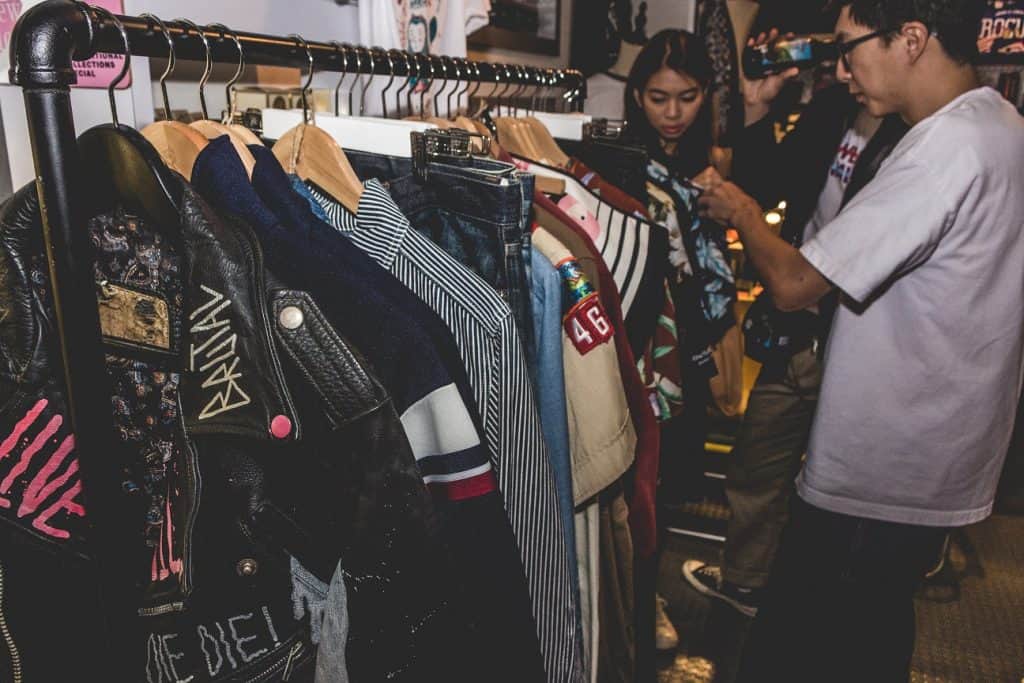
The team hopes to continue growing the brand organically and steadily, and to have their own retail showroom in the near future.
Keefe says these could be stocked with a multitude of vintage garments where customers can either purchase finished garments that have been repurposed by them or pick out any vintage clothing available in-store and guide the team in having it done up again to the customer’s satisfaction.
“I think we can loosely be defined as the “Garang Guni” of clothing.”
I decide to end the interview by asking Keefe about a few lesser known facts of this industry. His answer, I believe, rings true for many.
“Most products are judged at face value in today’s context. If it looks expensive or it appeal to someone, with that brand being able to elevate an individual’s status, it will be an easy reason to be purchased. Fast fashion, just take and go you know?”
He says that there are now lesser people who would take the time to view from another perspective on what a store or brand is trying to communicate. It could be a store that prides itself in selling quality products or brands like them who pride themselves in having their products done by hand locally.
To find out more about Few & Far Between, click here.







